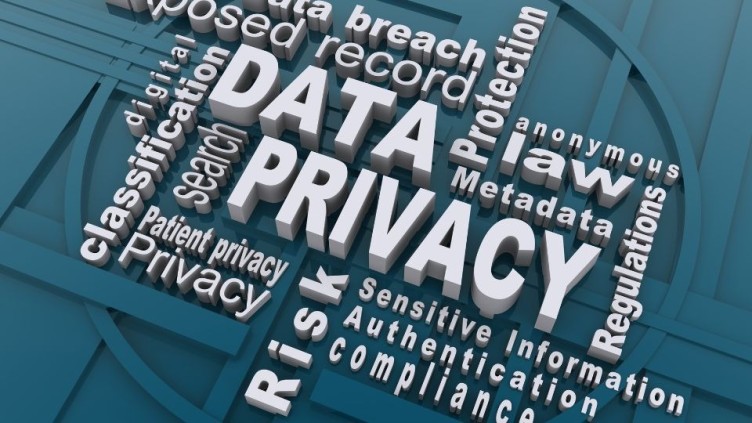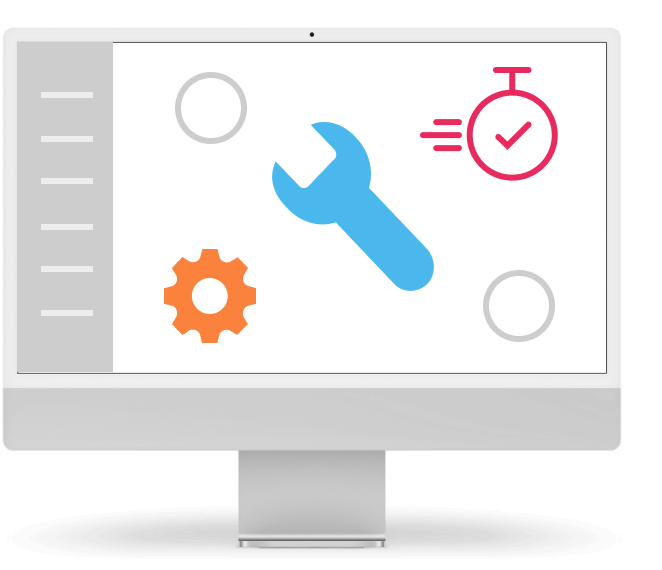Where Are the Data Actually Stored When in the Cloud?
Content
Maybe a thought comes to your mind that the answešr is pretty simple – in the cloud. And it is true that this outlook is shared by many people and probably that is the reason why there is so much uncertainty surrounding the issue whether or not data are safe in the cloud. Thanks to this article, we dive into the truth about your data. The answer might even shock you.
The Foundation of Cloud Operations
Let’s now look at the big secret reveal – because that is what cloud is for many people. It is not some timespace hole or an additional dimension to the space we have recently uncovered. It is a way of efficient management of computing resources that are put in physical servers.
We will not get into the bits and pieces that go into created the cloud but we are now at the core – cloud is a technology that is ran from physical servers.
Thanks to the cloud we have the ability to create the environment of an IT infrastructure that can fully utilize the potential of the whole server. In the public cloud it is thanks to the resources being divided among several customers. In the private cloud, the company is then able to squeeze the physical servers in a way to have its investment with the best possible ROI.
For example, imagine you buy a party tent. But of course you don’t host a party every day so you can borrow it to your neightbor because you will use it only a few times a year anyway. And the great thing about it is that when a really big party comes, your cousin brings his tent too and you can roll.
The same thing applies to cloud and servers. When I purchase a physical server and run it as it is, I don’t utilize its full potential. But when a provider creates a cloud on this server, then he can efficiently divide up the resources and assign them to reach the maximum.
How Do Your Data Travel through the Cloud?
Now that we have established that the cloud is composed of you, the cloud and physical servers, we can look at the data flow.
Let’s say that we want to input a new item into the accounting system that runs in the cloud. I sit down to the computer, open the accounting program and connect. I only need my device and Internet connection. I input the item and hit save. What kind of chain reaction starts running at that point?
This new item travels to the system and it is catagorized based on the way the app is programmed. The item is then saved. So you do communicate with the pogram running in the cloud but the item you have inputted actually ends up in one of the physical servers.
When you play 4-in-a-row and you play one of the pieces and place in top of another, you don’t really think that the top one is just floating in the air. It looks like that but in reality it is placed in a physical matrix on another physical piece. The sae applies to cloud – it is placed in a physical server.
Where Does the Real Danger Hide?
Cloud in and of itself does not have to mean dangerous data handling. We have stated that cloud still runs on physical infrastructure so it just equals to a way of providing physical servers. But it is good to focus on two things with this information in hand:
- Where are the servers that carry your data located?
- Who manages these servers?
Your cloud service provider can select from multiple options how to operate. From a completely own solution that is managed by him and is fully under his control, to a simple cloud reselling of another provider under own label.
Figure out then if you r provider is also the operator and if he can introduce you to the infrastructure hosting the cloud. Is it operated from a data center? What are its parameters? How safe is it? Does it utilize one data center?
Here we encounter a potential problem. If you don’t opt in for a local provider then it can easily be that your data are stored in a data center and a piece is here, a piece is here and a piece who knows where. And it keeps on changing so you don’t know where they are at any point in time because a global provider tryis to balance and optimmize the load and therefore keeps on sending the data from one data center to another within the region you have selected.
Ask then the question if at any point in time you can you can learn from your provider in which data center your data are stored. If you don’t get a 100% answer, maybe it is time to think about the next steps.
Last but not least, your own Internet communication security and overall the IT infrastructure. A lot of damage can be done by not devoting sufficient time to your own activities in the cyberspace. Outside of the provider, go over your own processes as well to ensure your IT infrastructure management is aligned with the secure Internet work. Keep in mind that 98% of cyberattacks that happened in 2020 that led to the loss or compromize of company data, we caused by social engineering – through people and through any IT system cyber mistake.
Do You Have to Be Afraid of the Cloud from the Get-Go?
No – cloud is basically a non-dangerous technology. But it is necessary to know from which provider it is better to have the cloud and how to work with it in the company. And don’t forget that your data in the cloud are actually stored in a physical server. Hasn’t the time for change come?
Caught Your Interest?
Our technicians will gladly make time for you.Recommended




